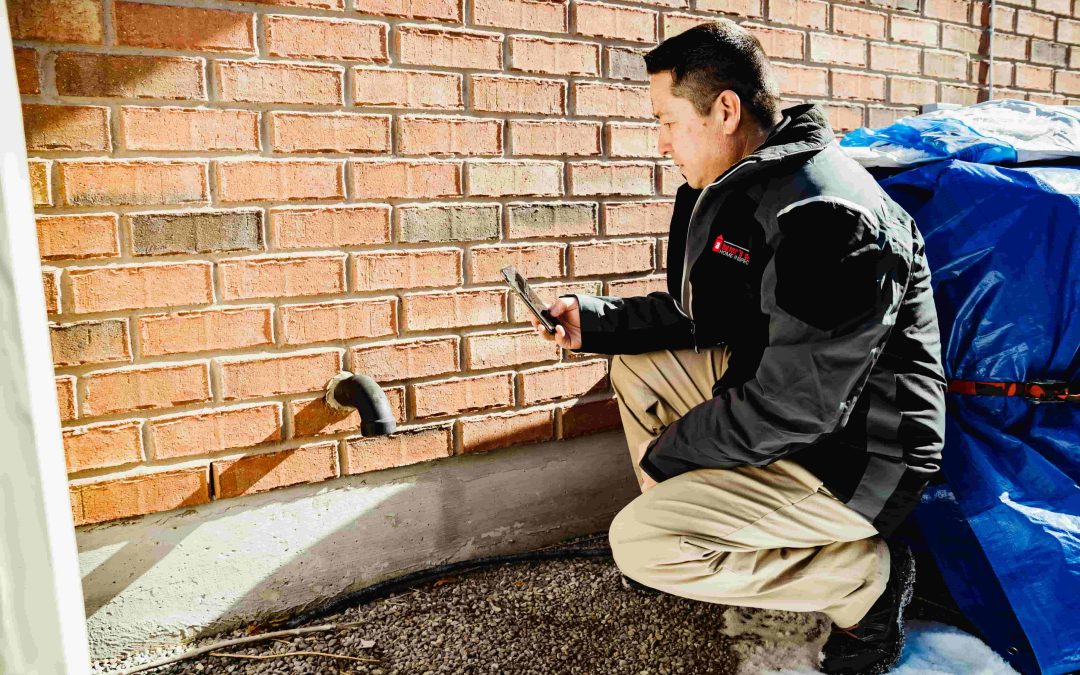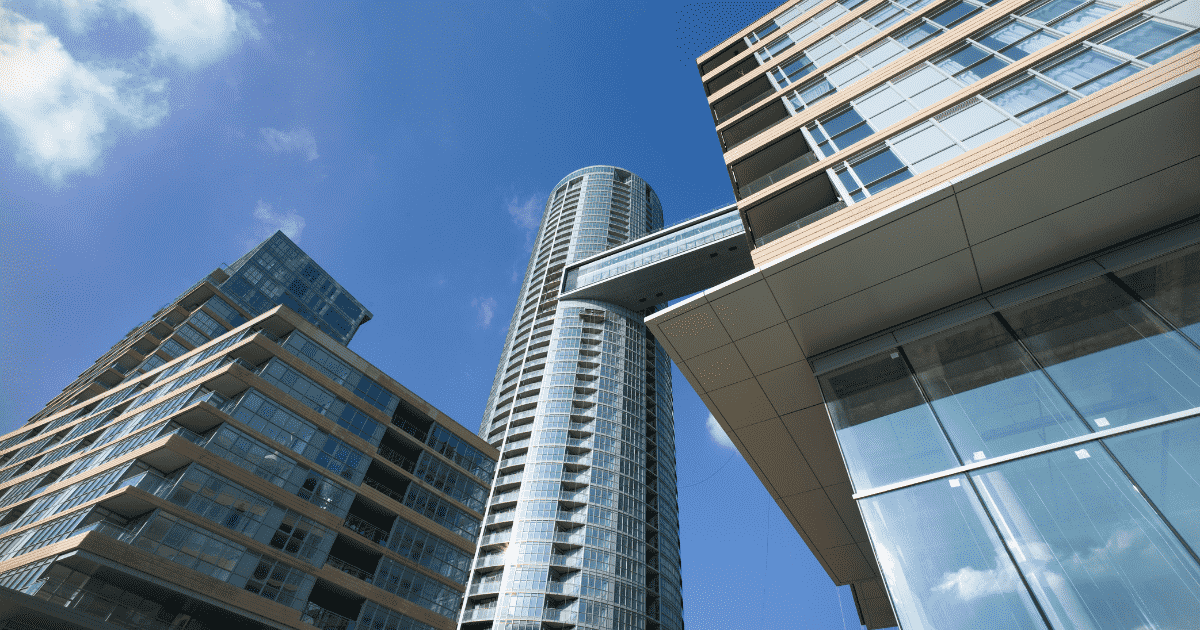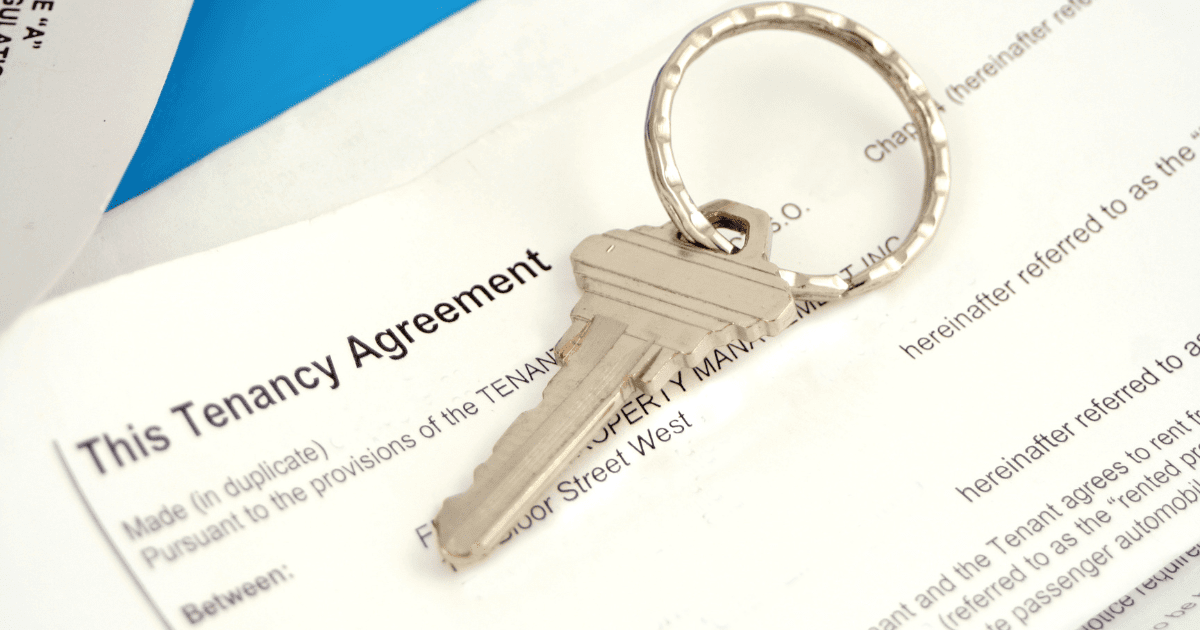Basement flooding is the number one issue that often comes to mind when most people think about foundation issues. That’s because homeowners, homebuyers and Realtors want to ensure that the home’s interior and all possessions aren’t ruined if water seeps indoors, causing a large out-of-pocket expense.
What people often fail to realize, however, is that the impact of a foundation crack or other issue could pose far worse problems than water entering the basement. The entire integrity of the foundation and its ability to support the home could be at stake. Major foundation repairs can end up costing tens of thousands of dollars.
The purpose of a foundation inspection is to determine whether the base of the home is structurally sound and able to support the rest of the home. Structural issues can lead to sagging roofs, slanted floors and cracks that leave the home vulnerable to pests in addition to water damage.
While nobody wants to hear that a home they’re looking to buy or sell has major foundation issues that will cost thousands to properly repair, it’s something that shouldn’t be left to chance.
Common causes of foundation issues
A home’s foundation can be damaged by environmental factors such as earthquakes or extreme temperatures, as well as tree roots, so it’s especially important to monitor the foundation if any of these potential threats exist. Other contributing factors include:
Soil type
Most lots contain fill dirt since they’re often built on uneven ground and need to be properly graded. Low areas must be built up with fill dirt and, if the slope of the lot isn’t sufficient, retaining walls will be required to hold the fill dirt. Areas that contain fill dirt don’t get compacted as well as they should and can compress over time leading to settlement. When foundation soil experiences an extreme change in moisture content, this can result in damage to the foundation in the form of settlement. An excess amount of moisture is capable of saturating the soil of the foundation, which can lead to softening/weakening of the soil. When the soil is no longer capable of supporting the load, the result is often the settlement of the foundation. Different soil types are affected by moisture in different ways, so it’s important to know what type of soil surrounds the home (eg, sand or clay).
Drainage
Moisture can be a serious problem for homes in general, but it’s worse when it comes to the foundation. Poor drainage will allow water to pool around a house and, in turn, this saturated soil around the foundation expands and shifts. Pressure on the foundation walls then increases and results in cracks and leaks that allow water to penetrate the foundation. This can cause electrical hazards, mould growth and structural damage. It’s important to note that older homes tend to be built on flat areas where drainage is an issue.
Age
Foundation strength relies a lot on the size and amount of support beams present in the home. Older foundations tend to have smaller and fewer beams, making them less stable than homes built today.
Foundation inspections
When a home inspector is examining a foundation, they’ll be looking for things like foundation cracks, uneven areas, and damaged walls and floors. If there’s a crawlspace under the house, they’ll carefully examine it to determine if it’s wet or musty. If there are wet or rotten areas, there may be a foundation drainage problem that needs to be corrected.
Small cracks in the concrete can be considered normal, but larger and visibly deep cracks are signs of a bigger problem, and the inspector may recommend that a structural engineer conduct a thorough foundation inspection.
When a home inspector is examining a home’s exterior, they will also be looking for drainage issues around the home. So, if there’s standing water right next to the foundation, there may be issues inside as well. Poor drainage can be caused by such things as improper grading, or gutters that are clogged or drain too close to the home. If there’s standing water outside of the home, be sure to take a closer look inside to ensure that the foundation is dry.
One common problem associated with too much water present around a foundation is known as hydrostatic pressure. When soil around the foundation becomes saturated with water, hydrostatic pressure builds up against the walls. This can cause cracks, bowing and other damage to the foundation walls over time as water is forced against the home’s structure.
Darci Campbell is a regional owner and member of the National Leadership Team at A Buyer’s Choice Home Inspections, as well as the owner of multiple businesses. As a Canadian businesswoman, entrepreneur and investor, she’s driven by helping other entrepreneurs grow their companies through creative thinking and consistent efforts. She can be reached at: darci.campbell@abuyerschoice.com
















